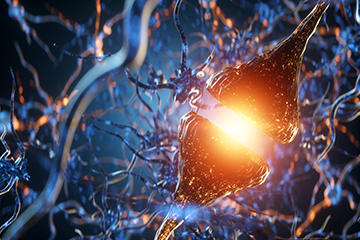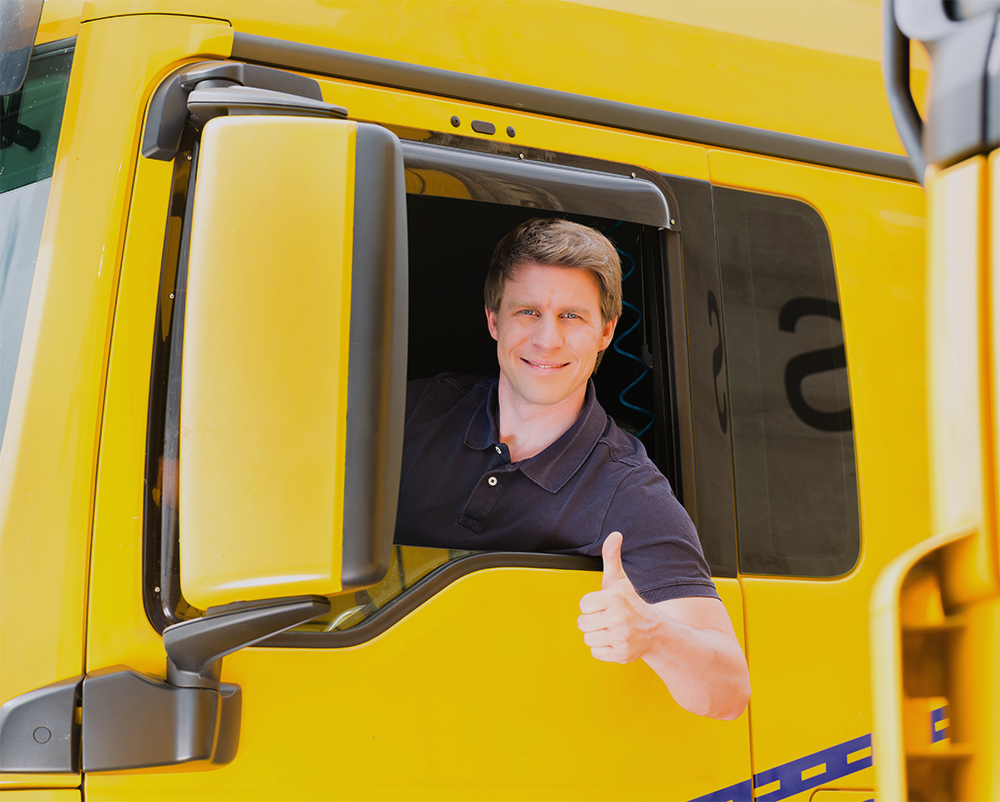
If you think any person can drive, you are wrong. Driving requires multiple skills; it involves the coordination of physical, motor, cognitive and emotional skills not everybody can perform. When driving, you perform more than ten actions simultaneously and non-stop. While your left-hand holds the steering wheel, your right is manipulating the gearshift. At the same time, your left foot hits the clutch while the other foot accelerates. Meanwhile, your left ear is listening to the other car´s horns, and at the same time, the right one hears what your copilot is saying. You are able to talk to the passenger while your eyes permanently scan what happens ahead, around, and behind you.
As all this happens, your mind is alert, trying to keep track of the route to reach your destination as your central nervous system is dealing with adrenaline and cortisol to maintain your stress levels controlled. Drivers are as outstanding as astronauts and airplane pilots, proportionally speaking ¿Exaggeration? We, at M&M LOGISTICS AND VEHICLE TRANSPORT, do not think so.
What it takes to drive
First of all, to operate a vehicle, you must be medically fit. For instance, you cannot drive if you suffer from narcolepsy, mild stroke, or seizure disorder, for instance, and pass these tests:
- Good visual capacity (visual acuity, peripheral vision, depth, and field vision). A driver must be able to observe your surroundings for hazards and events that may affect your driving.
- Good Hearing: A driver must pass an audiometry evaluation
- Heart or vascular system (blood pressure, circulation, arrhythmias, high cholesterol).
Skills a driver needs

Not only must a driver be in a good general physical condition. All 12 body systems must be in reasonably good shape to ensure good performance on the road by identifying, predicting, deciding, and executing. He/she must have a set of skills that assure everyone’s safety on the road.
Specific cognitive abilities are essential for safe driving performance, and since driving is a complex task, a driver must meet the required skills to keep the road safe.
Motor Skills
Motor skills are referred to the movements and actions of your body.
Typically, they are categorized into two categories:
- Gross Motor Skills: Coordination of arms, legs, and large body parts.
- Fine Motor Skills: The coordination of small muscles, movements with wrists, hands, fingers, feet, and toes. These skills are required for precise steering, applying proper pressure to pedals, and moving the gear stick.
Cognitive Skills

What are Cognitive Skills? They are mental actions or processes of acquiring knowledge and understanding through thought, experience, and senses.
The driver’s mind must be sharp and alert to make quick decisions, act promptly and efficiently and prevent risk situations to avoid them.
The cognitive set of skills that come into play
Reasoning:
This is the capacity to process and assimilate the information we are receiving. Connects, classifies, organizes, and plans ideas or actions according to the circumstances.
Coordination:
This is the synchronization of your senses and your body parts in a way that enhances motor skills.
Attention:
Enables us to stay focused. Drivers mostly use two types of attention:
- Selective Attention: The brain uses selective attention to filter all the information a driver receives regarding the act of driving and inhibits stimuli (distractions). Hence, contributing to making our experience on the road more efficient by increasing our reaction capacity to events that require so.
- Divided Attention: Controls what happens in front of us – signals, rearview mirrors, proper speed, conversation with passengers, listening to the radio, etc., (multitasking).
Memory:
Enables to hang on to information we have learned, understand signals and orientation. The main types of memory a driver uses are:
- Operative Memory: Gives meaning to things learned or seen before.
- Executive Memory: This type of memory adjusts our behavior to prevent possible changes or unforeseen events. For example, our memories enable us to reduce speed, when we see a group of children playing with a ball in the event they run after it and get in our way. A driver also estimates times, speed makes risk-assessment, and decides before entering a roundabout or passing another vehicle.
Logic and Reasoning:
Enables us to reason, form ideas, and solve problems.
Perception:
The ability to see, hear or become aware of something through the senses.
Space Perception:
Becoming aware of our own body and objects around us (The space around us to keep our vehicle in the right lane or avoid hitting other vehicles).
Estimation:
This is a Process that generates a response when there is no possible solution (our vehicle`s speed and distance estimation from other vehicles around us to know when to stop or accelerate).
Reaction Time:
The reaction time relies on how quickly your mind makes sense of an event and comes to a decision about how to react to it. It measures how swiftly you interpret and react to expected and unexpected events happening around you.
Emotional Skills
¿Have you heard the expression “Human error”? Emotions cause a high percentage of vehicle accidents. Not controlling emotions, like sadness, anger, fear, surprise, frustration, and happiness leads to potentially dangerous situations. A driver must behave responsibly and with good intentions.
Emotional skills include:
- Self-control
- Positive attitude
- Being aware of other people`s feelings
- Sociability
In short, Driving an average size car is one thing, but operating a truck or trailer of up to 18 tons is a whole different story. Have you seen a truck driver backing, turning, or parking these enormous vehicles? !WOW! To perform such challenging maneuvers with mastery and ability, our experienced drivers at M&M VEHICLE TRANSPORT have gone through extensive training and learning programs that make them the Masters of the Road, the real Titans. Our car transporters are experts in shifting techniques, safety awareness, trip planning, weight distribution, coupling and uncoupling, loading, securing and unloading vehicles, nighttime operations, preventive maintenance, DOT regulations, extreme driving conditions, interstate, rural and city driving, uphill/downhill driving, time-management, etc. In a word, they are EXPERTS in safe transportation when it comes to car shipping services.



